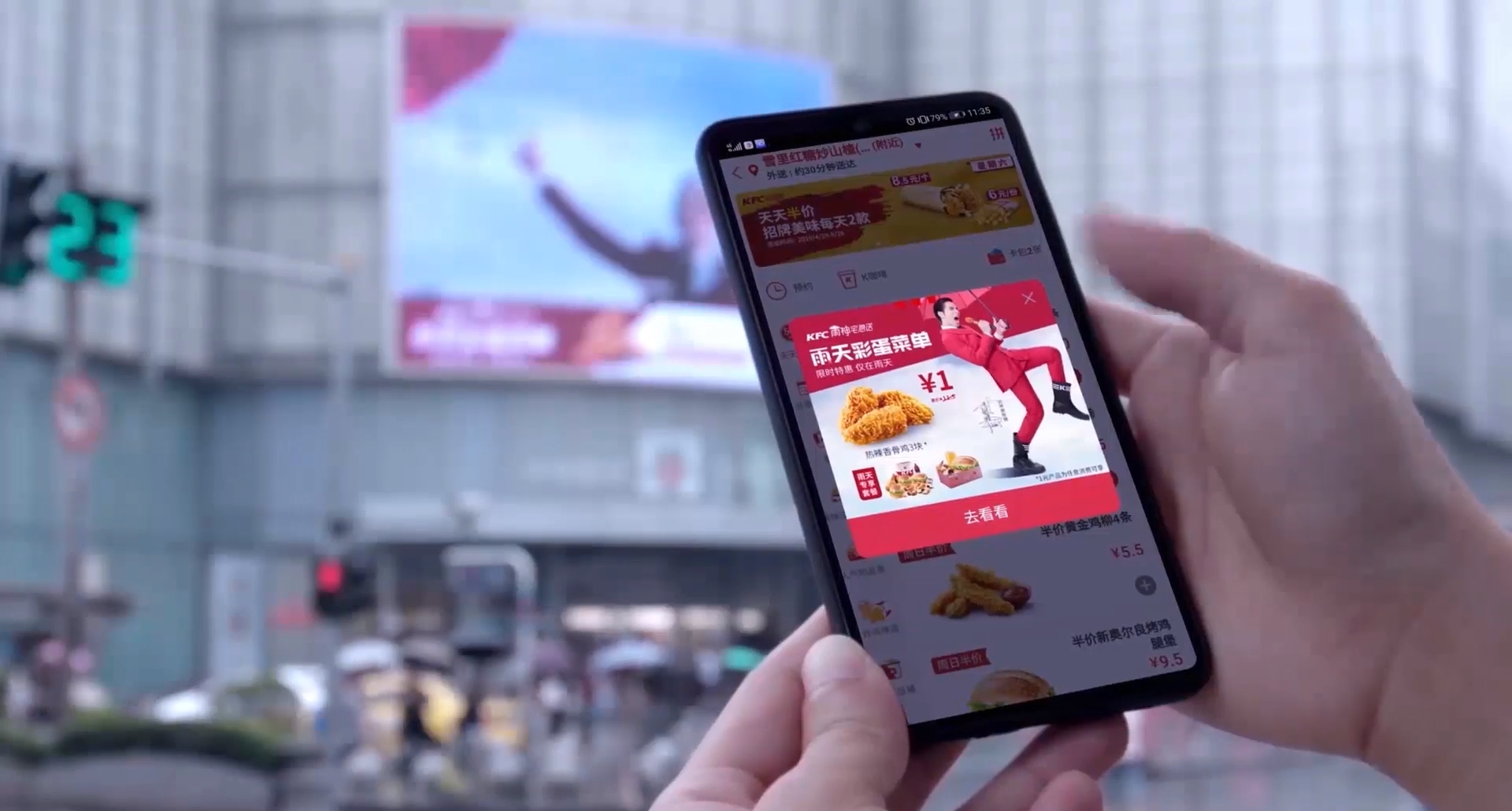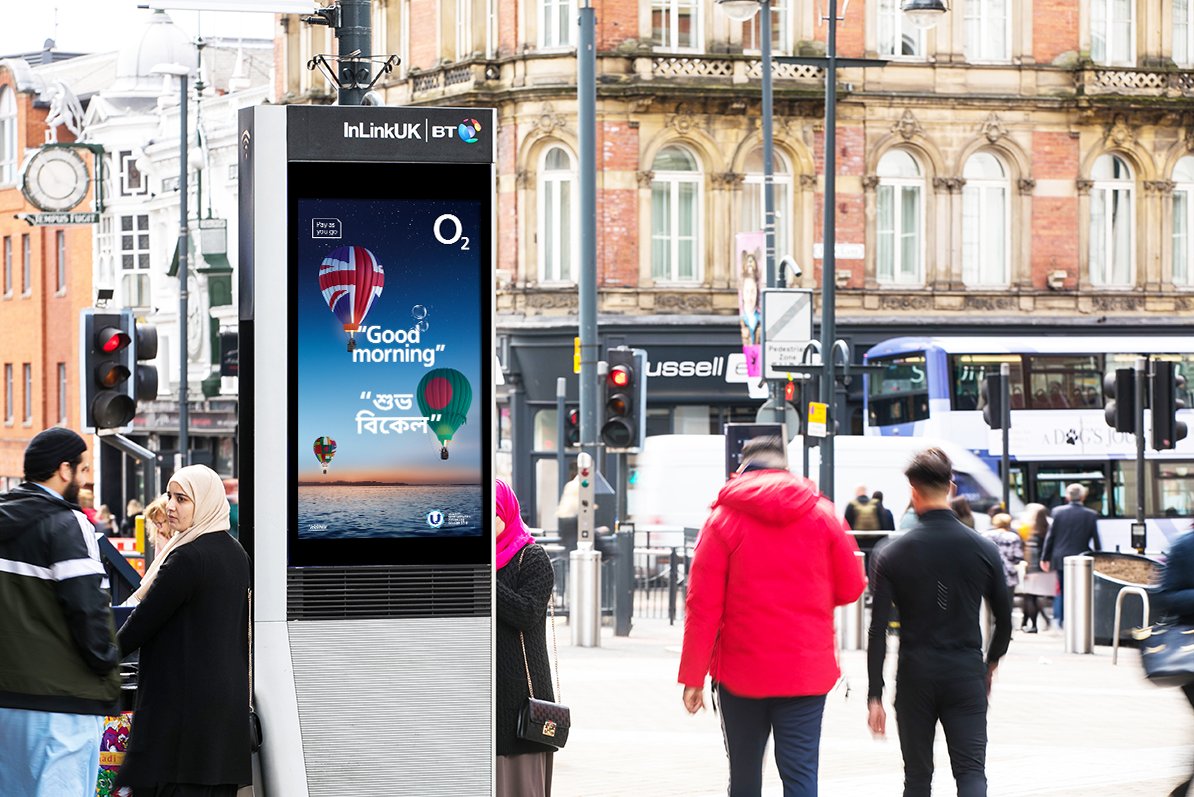WARC’s Chiara Manco looks at 2020 WARC Media Awards winners that have used data to inform innovative out-of-home strategies.
Among winners of the 2020 WARC Media Awards’ Best Use of Data category, were many examples of effective uses of out of home. From the informative to the emotive, they show how data can enrich out-of-home communication through contextuality and personalisation.
Specsavers: real-time creative drives awareness and spurs action
Grand Prix winner Specsavers used first-party data to drive people to its stores for eye tests. Upon finding that the UK public was not averse to eye tests, but rather saw them as something to do ‘soon’ rather than ‘now’, it set out to trigger action by making test availability known. Through Manning Gottlieb OMD, Specsavers scraped data around its stores’ appointment availability and fed it into digital OOH that showed free slots for the nearest store. After a trial phase drove booking growth in test stores, the activity was scaled across more regions and channels: paid search, social and display.
Test regions saw a 68% stronger growth in bookings than control ones and Specsavers predicts that, if rolled out nationally, the activity could result in £28m incremental sales a year. The data-driven strategy proved precious when stores had to deal with reduced test capacity due to the COVID pandemic, making it easier to manage customer volumes. During judging, its long-term potential impressed judges. Matt Brown, Director of Media, Syzygy, commented: “It wasn’t just a campaign, but an always-on activity. They could run it almost eternally, there’s no reason to stop it.”

KFC: contextual data drives sales
Meanwhile, in China, KFC used weather data to drive online orders on rainy days, when demand for food delivery soars by 10%. Looking to become the go-to fast food in such gloomy days, KFC created a special rainy-day menu. This would intrigue consumers with limited-edition products, while also reducing delivery times and avoiding the delays often caused by inclement weather. It then partnered with popular Chinese singer Jam Hsiao – whose nickname is God of Rain – and featured him in dynamic OOH that would be triggered by weather app Moji’s forecasts of rain.
In the first two weeks of the campaign, KFC saw 850,000 rainy-day-menu orders, representing an increase of 200,000. The work, through Mindshare China, won Bronze in the Best Use of Data category and was praised for being a smart application of contextual data.

O2 International SIMs: personalisation builds an emotional connection
UK Gold winner O2 targeted the country’s expat communities through dynamic OOH to promote its international SIM offering. The telco’s strategy was to emotionally connect with the key expat audience, using empathy to raise awareness of how the new bundle could help them feel closer to home. By pulling census postcode data, O2 was able to heat-map international communities to then create personalised copy for each of them. More than 100 creative variations were created, featuring greetings ‘Good morning’, ‘Good afternoon’ and ‘Good evening’ in languages from Punjabi to Polish. Content was relevant to the time in the country of origin, so a ‘Good evening’ message would be shown to Indian expats in the morning hours, when they would be likely to call relatives ending their day back home.
The campaign, a collaboration between Havas Media and Talon Outdoor, reached 11.3 million people over two weeks, leading to a 102% increase in sales of O2’s international bundle in the same time frame. Judge Nathalie Torres, Director of Data at I&CO, enthused about the granular nature of it: “I loved how the messages were hyper-targeted and hyper-local, as well as very well carried through digital OOH. Even within the same postcode, they were able to show different nuances in language.”

SAP: tailored messaging makes for high-recall executions
Software solutions company SAP’s use of out of home was part of a data-driven strategy comprising smart TV and mobile in the German-speaking markets of Austria, Germany and Switzerland. The brand wanted to communicate its Experience Management offering to B2B decision makers, positioning itself as the leader in this newly-born category. Looking at this target group, it found it would be most receptive to smart TV, mobile and – being frequent business travellers – DOOH in airports. Using personality modelling, smartphone motion data and mobile ID geo-location – all in a GDPR-compliant way – SAP was able to reach its audience with tailored comms based on their location and personality.
The campaign, through PHD Germany, resulted in a 53% increase in perceived link between Experience Management and SAP, as well as a 63% uplift in ad recall and a 140% growth in message recall. It won a Bronze in the 2020 Media Awards as well as the praise of judge Pete Markey, Chief Marketing Officer at TBS, who said: “They used a good set of tools in a very effective way. It was nice to see data taken into broadcast media, and it looks like they achieved what they had set out to.”

In making out of home the centrepiece of their strategies, these winners prove that a medium often seen as traditional can be used in innovative executions and given new life through clever applications of data.
You can read all 2020 WARC Media Awards’ Best Use of Data winners here.

